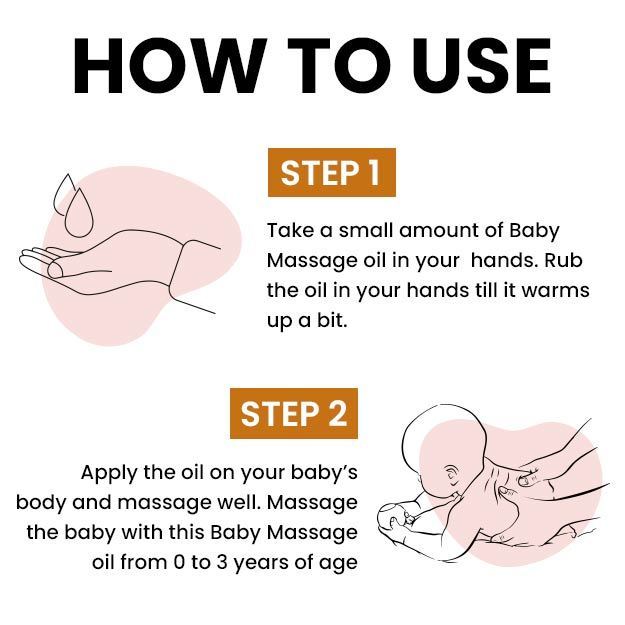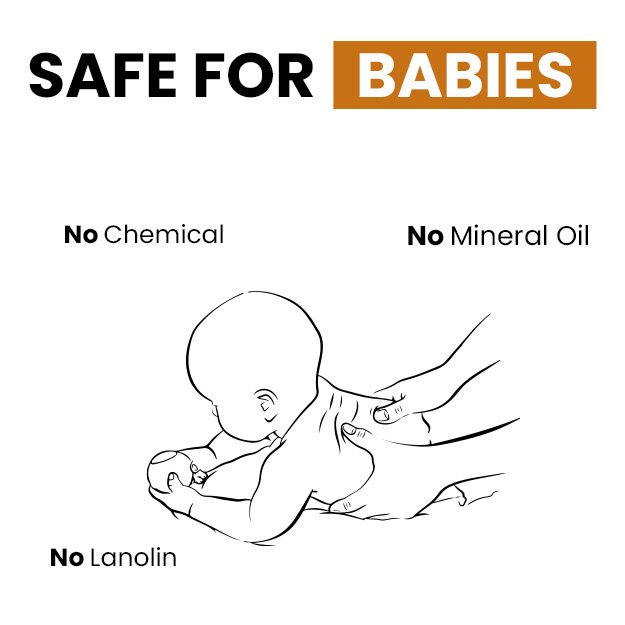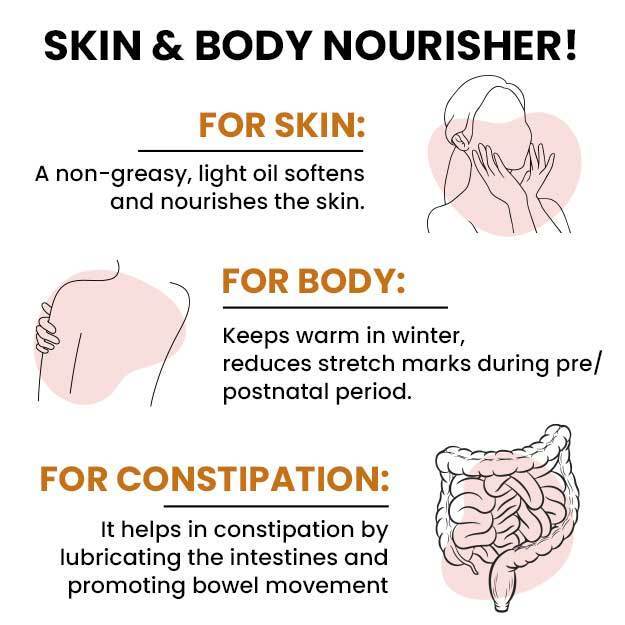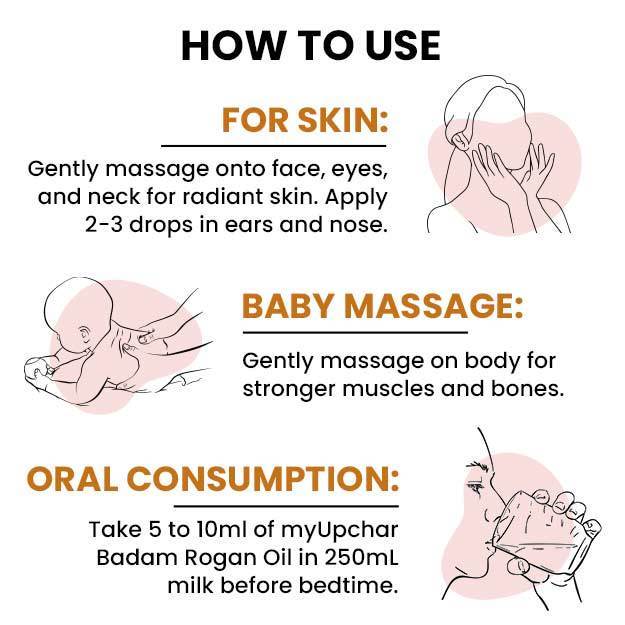Between feedings, sleepless nights and the joy of watching your newborn grow bigger and smarter every day, you have a lot to deal with as new parents. Not only do you have to get used to a new lifestyle altogether, but you’re also completely responsible for a whole new life. And while getting vaccinations for infants is important for their health, so is taking stock of their poop.
When it comes to figuring out the health status of your baby, what’s in the diaper matters a lot. Knowing what type of poop your baby is producing during the first few days, weeks and years of life can help you figure out what your baby’s body is going through, what it needs more of and what it needs to eliminate completely.
Most experienced mothers, nurses, nannies and doctors can tell your baby’s health status by the colour of the baby’s boop. A lot is determined by your baby’s feeding. A baby who is exclusively breastfed during the first six months - as recommended by the World Health Organization (WHO) - will have poops very different from those of babies who are formula-fed or partially breastfed.
Depending on the texture and smell of the poop, you can also tell if your baby’s digestive tract is working fine or not. If your baby’s digestive system is not working properly, there will also be enough warning signs in the poop. So, it’s very important to take note of your baby’s poop after birth, as it's an essential part of childcare. Here is everything you need to know about baby poop.
Read more: Benefits of breastfeeding





























